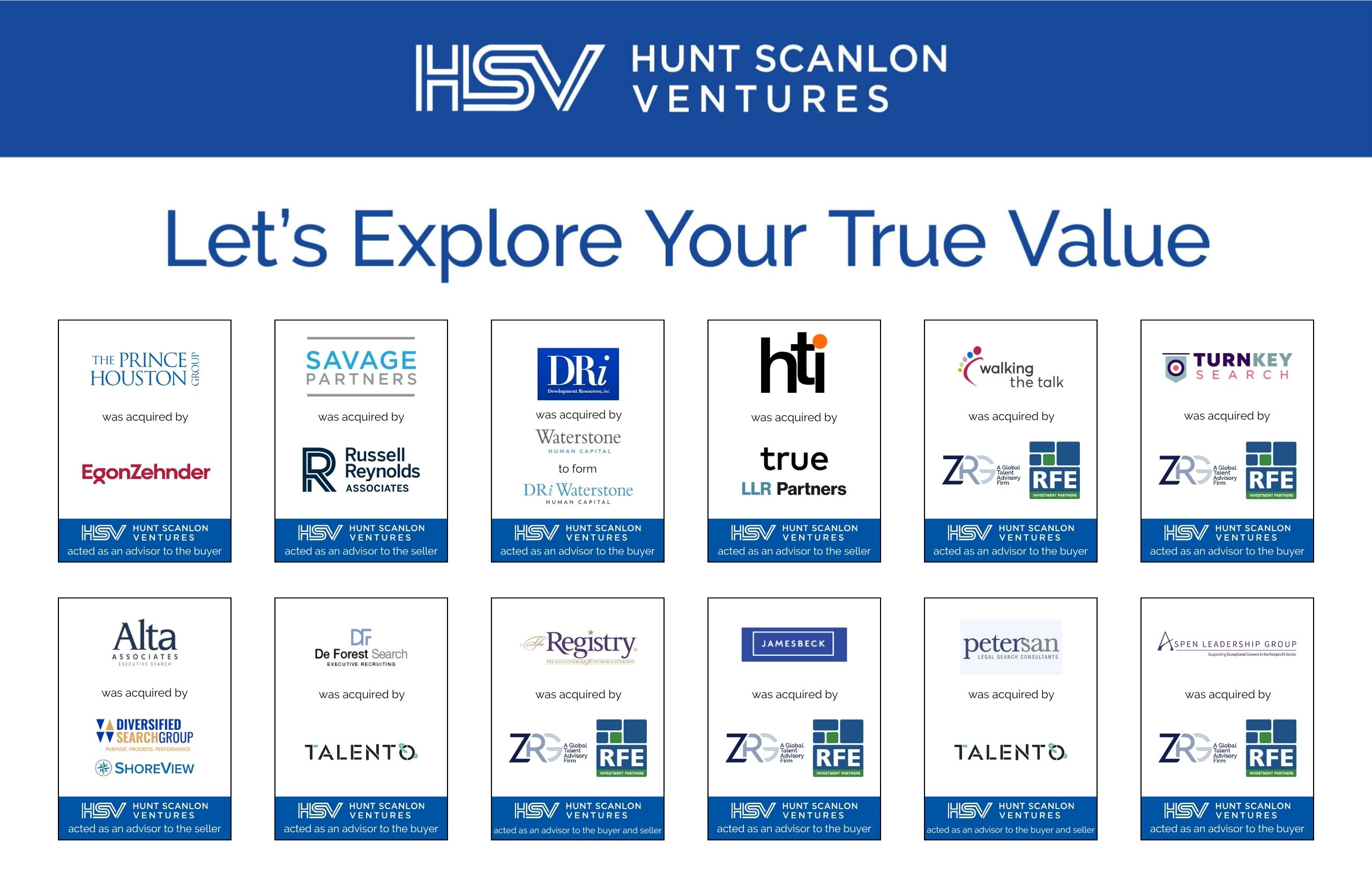As dealmakers navigate into the second half of the year, they are finding that momentum is clearly tilting toward sectors positioned for long-term growth and structural advantage. Leo Cummings, an associate at Hunt Scanlon Ventures, examines the latest data from FactSet to uncover where the momentum is heading – and what it means for talent strategy in a realigning M&A landscape.
FactSet’s latest U.S. Mergers & Acquisitions Monthly Review points to realignment across the M&A landscape. While total U.S. deal volume declined modestly from May to June, the data reveals a more nuanced trend: capital is flowing into specific sectors, while others are seeing reduced activity.
Among the most active sectors were technology services, electronic technology, producer manufacturing, transportation, and non-energy minerals – all of which saw year-over-year gains in deal count over the past three months, according to FactSet. These sectors signal a clear focus on innovation, supply chain stability, and industrial resilience.
Conversely, finance, commercial services, and consumer-related industries saw cooling activity, suggesting that dealmakers are prioritizing sectors with stronger fundamentals and long-term upside.
Talent Implication
“We are seeing talent strategies shift with sector rotation,” said Leo Cummings, an associate at Hunt Scanlon Ventures. “Tech and manufacturing-focused firms are gearing up to scale, while others in finance and retail are being more selective. That split is forcing search firms to adapt in real time.”
Big Deals, Big Questions
Despite sector rotation, large-scale strategic M&A remains active.
Brown & Brown’s $9.8 billion acquisition of Accession Risk Management Group and Sanofi’s $8.7 billion move for Blueprint Medicines topped last month’s list, alongside other major transactions from Flowserve and The Home Depot.
“Tech and manufacturing-focused firms are gearing up to scale, while others in finance and retail are being more selective. That split is forcing search firms to adapt in real time.”
These deals show that buyers remain confident when targets align with long-term growth strategies, especially in insurance, biotech, and industrials. The key takeaway: dealmakers are moving decisively – but selectively.
Talent Implication
“These mega-deals often mean one thing for talent: integration complexity,” Mr. Cummings noted. “Bringing together cultures, systems, and leadership pipelines is no small task. The firms that win post-close are already investing in talent continuity and change leadership.”
Looking Ahead
As we head into H2, the M&A market appears increasingly defined by sector momentum rather than volume headlines. Leaders are staying active but disciplined, focused on building portfolios that match where the economy is headed – not where it has been.
This shift is creating new demands on talent teams, from due diligence to post-close alignment. HR leaders and executive search firms must prepare to flex alongside evolving sector dynamics.
Talent Implication
“Adaptability is becoming the key differentiator,” said Mr. Cummings. “The best teams are scenario-planning talent needs alongside deal strategy – not after. Search firms that can deliver sector depth and post-close integration support are in high demand.”
Article By

Leo Cummings
Leo Cummings is Editor-in-Chief of ExitUp, the investment blog from Hunt Scanlon Ventures designed for professionals across the human capital M&A sector. Leo serves as an Associate for Hunt Scanlon Ventures, providing robust industry research to support the firm’s investment group.






